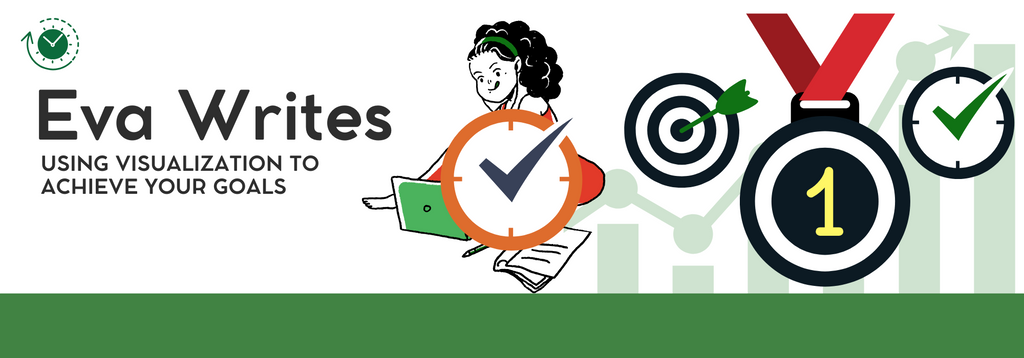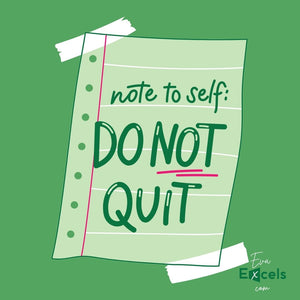Using Visualization to Achieve Your Goals

Using Visualization to Achieve Your Goals
Visualization is a powerful mental tool that can pave the way to achieving your goals by fostering clarity, confidence, and focus. From elite athletes to successful entrepreneurs, many attribute their achievements to the practice of vividly imagining their desired outcomes. In this blog, we’ll explore the science behind visualization, practical techniques to implement it, and ways to integrate it into your daily routine.
1. What is Visualization and Why Does It Work?
1.1 The Science Behind Visualization
Research shows that when you vividly imagine an action, your brain activates the same neural pathways as if you were performing the action itself. This phenomenon, called mental rehearsal, primes your mind for success.
1.2 Boosting Motivation and Confidence
Visualization can reinforce your belief in your ability to achieve goals, providing motivation to overcome obstacles and build confidence along the way.
2. Practical Steps to Start Visualizing Your Goals
2.1 Define Your Goals Clearly
To visualize effectively, you need a clear, specific goal. Instead of saying, “I want to get fit,” imagine yourself running a 5K race or lifting a specific weight.
2.2 Create a Detailed Mental Picture
Engage all your senses. Imagine the sights, sounds, smells, and emotions tied to your achievement. The more vivid the image, the more impactful the visualization.
2.3 Use Visualization Daily
Spend a few minutes each day visualizing your goals, preferably in the morning or before bed. Consistency is key to embedding this practice into your mindset.
3. Techniques to Enhance Visualization
3.1 Vision Boards
Create a vision board with images, words, and symbols representing your goals. Place it somewhere you’ll see it daily to keep your aspirations at the forefront of your mind.
3.2 Guided Visualization
Use apps, videos, or audio recordings to guide you through the visualization process, especially if you’re new to it or struggle to focus.
3.3 Combine Visualization with Affirmations
Pair your mental imagery with positive affirmations like, “I am capable of achieving my dreams,” to reinforce your belief in your success.
4. Common Mistakes and How to Avoid Them
4.1 Lacking Specificity
Vague goals lead to vague results. Be detailed and intentional about what you want to achieve.
4.2 Neglecting Action
Visualization is a complement to action, not a replacement. Use the motivation it provides to take concrete steps toward your goals.
4.3 Overlooking Emotions
Emotions are a crucial element of visualization. Tap into the joy, pride, or excitement you’ll feel upon achieving your goal.
5. The Benefits of Visualization
5.1 Improved Focus
Regular visualization hones your ability to concentrate on your objectives without distractions.
5.2 Stress Reduction
The practice fosters relaxation, helping you manage stress by grounding your mind in positive imagery.
5.3 Accelerated Skill Development
Athletes and performers use visualization to enhance their skills by mentally rehearsing movements and techniques.
5.4 Increased Resilience
Visualizing success empowers you to stay persistent and optimistic when faced with setbacks.
6. Real-Life Success Stories
6.1 Athletes Who Use Visualization
Michael Phelps, the legendary swimmer, mentally rehearsed every race, visualizing even potential challenges and how to overcome them.
6.2 Entrepreneurs and Leaders
Oprah Winfrey credits visualization for helping her achieve her dreams and inspire millions.
Conclusion
Visualization is a transformative practice that aligns your mind and actions with your goals. By consistently picturing your desired outcomes and taking meaningful steps, you can harness the power of your imagination to create the reality you want. Start your visualization journey today and unlock your potential to achieve greatness.
-
Posted in
#Focus, #Growth, #Habits, #Motivation, #Success







